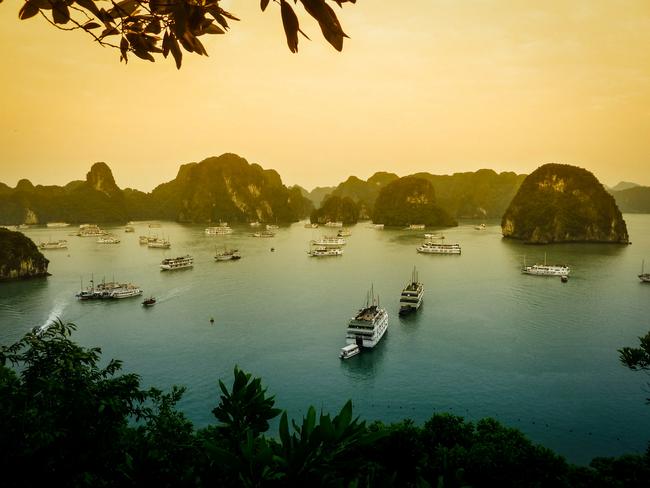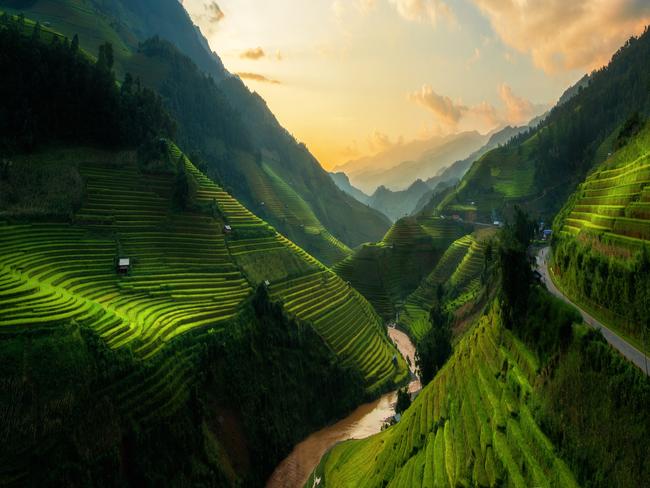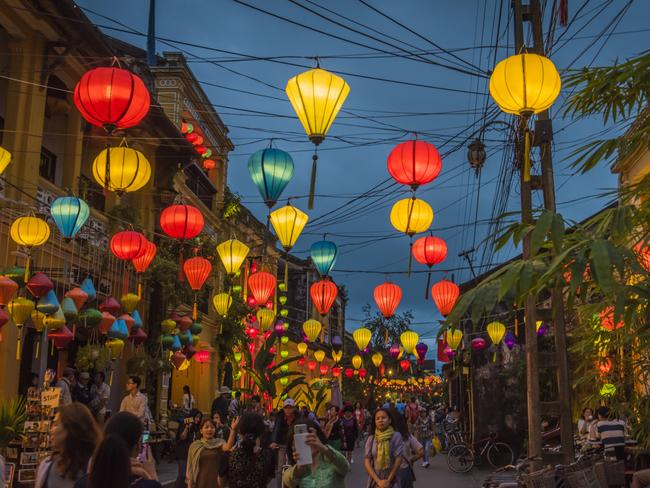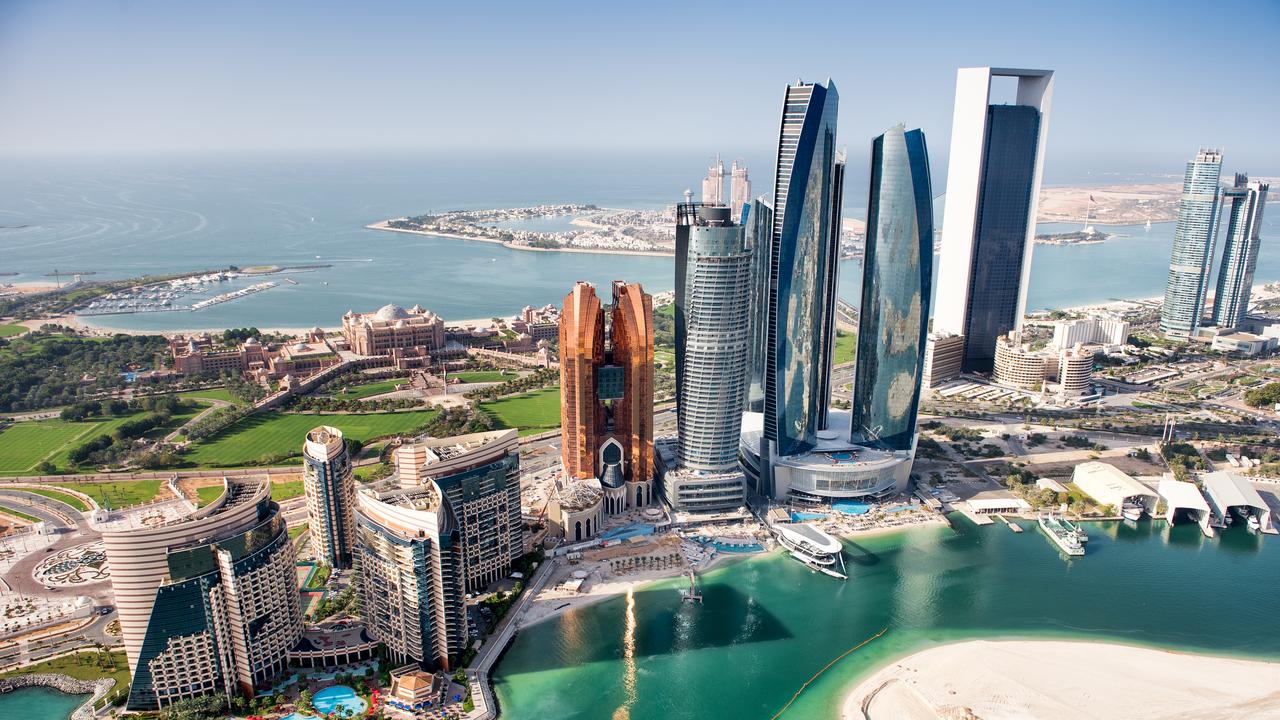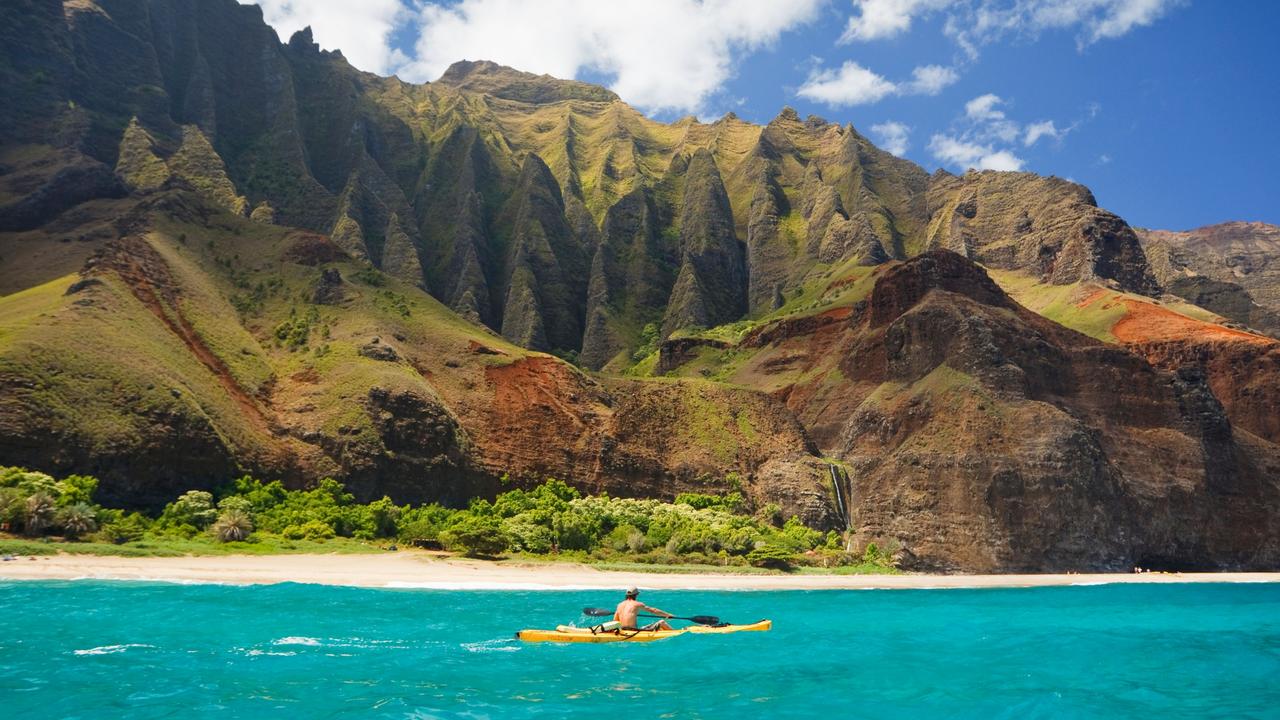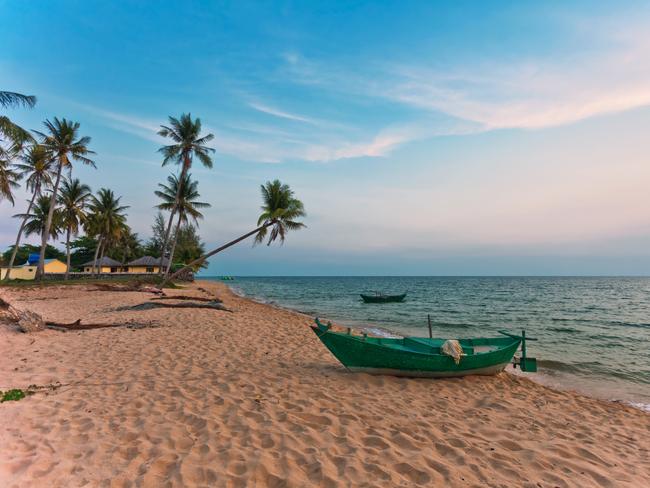
PHU QUOC ISLAND: It’s been called one of South-East Asia’s best-kept secrets but word is fast getting out about Phu Quoc, with the island recording a spike in Australian visitors this year. The island – the largest in southern Vietnam - is an hour’s flight from Ho Chi Minh City. Half the island is taken up by national park, with mountains, tropical jungle, white-sand beaches and tourist resorts all part of the lure.



